7 Goldfish Care Facts Every New Owner Should Know
Goldfish have been lied about more than any other pet. No, they don’t have three-second memories, and no, they can’t live forever in a bowl the size of a latte. These fish are drama queens with long lifespans and big appetites. Want your goldfish to survive longer than your houseplant? Start here.
Goldfish Aren’t Bowl-Sized Pets
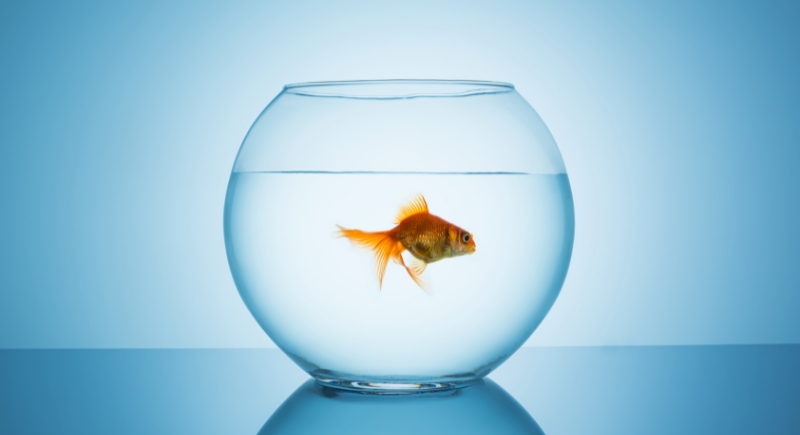
Credit: Canva
Forget the cartoonish image of a goldfish in a tiny bowl. With proper care, these fish can grow up to 12 inches long and live for decades. A single goldfish requires at least a 20-gallon tank, with an additional 10 gallons for each extra fish. Bowls lack the necessary space and filtration, which leads to poor water quality, which ultimately stunts growth.
Temporary Containers Are Just That—Temporary
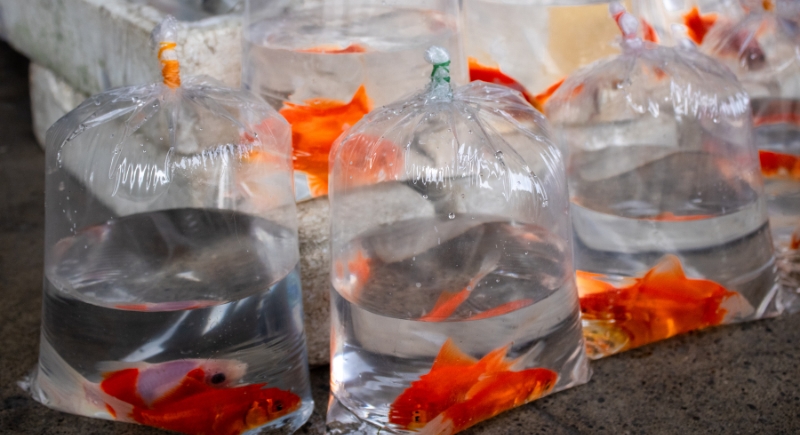
Credit: pexels
Transporting goldfish in plastic bags or small bowls is a common practice, especially after purchases or fairground wins. However, these containers are designed only for short-term use. Your pet can typically survive in a sealed plastic bag for six to 12 hours, depending on oxygen levels and temperature. Avoid prolonged confinement in such environments and transfer to a properly equipped aquarium as soon as possible.
Goldfish Are Social and Intelligent
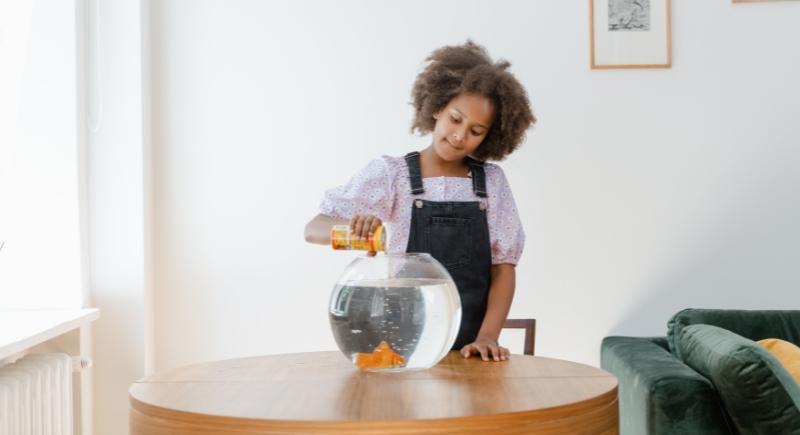
Credit: pexels
Do you know goldfish can recognize their human caregivers? Contrary to the image of a solitary goldfish swimming aimlessly in a bowl, goldfish are inherently social animals. They enjoy the company of their kind and can become bored or stressed in isolation. Providing companionship and environmental enrichment, like plants and hiding spots, keeps them mentally stimulated and healthy.
Maintain Stable pH Levels for Goldfish Health
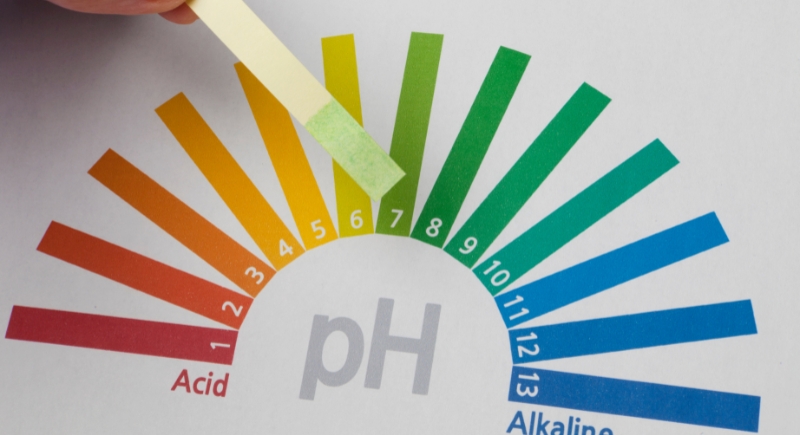
Credit: Getty Images
Goldfish thrive in water with a pH range between 7.0 and 8.4. Maintaining this stable pH is important. Fluctuations can stress your fish, especially if sudden, and increase the toxicity of substances like ammonia. Regularly testing your aquarium’s pH using reliable kits helps ensure a consistent environment for your goldfish’s overall well-being.
Regular Water Changes Are Essential for a Clean Habitat
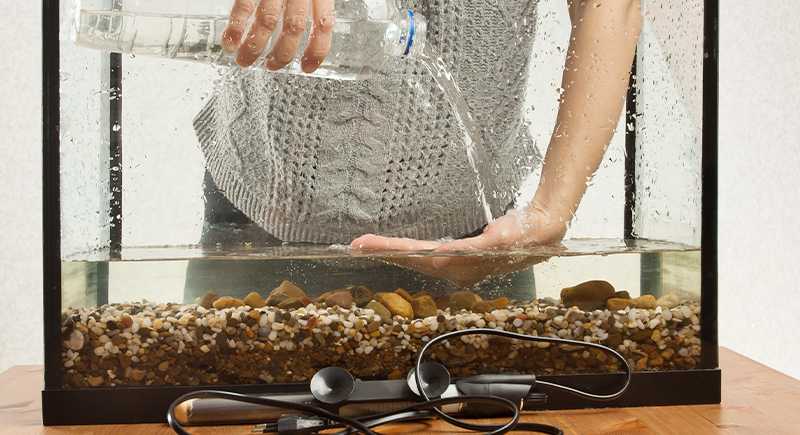
Credit: iStockphoto
Consistent water changes are a fundamental aspect of goldfish care because they produce a significant amount of waste that accumulates harmful ammonia and nitrates in the tank. Regular water changes—typically 25% weekly—help dilute these toxins, maintain water quality, and prevent health issues for your aquatic companions.
Overfeeding Is a Common Mistake

Credit: Canva
Goldfish have healthy appetites but lack the ability to regulate their food intake. So they overeat and cause digestive issues for themselves, which then pollutes the tank water. Best to feed them small portions once or twice a day, only what they can consume in a couple of minutes.
Temperature Stability Is Key
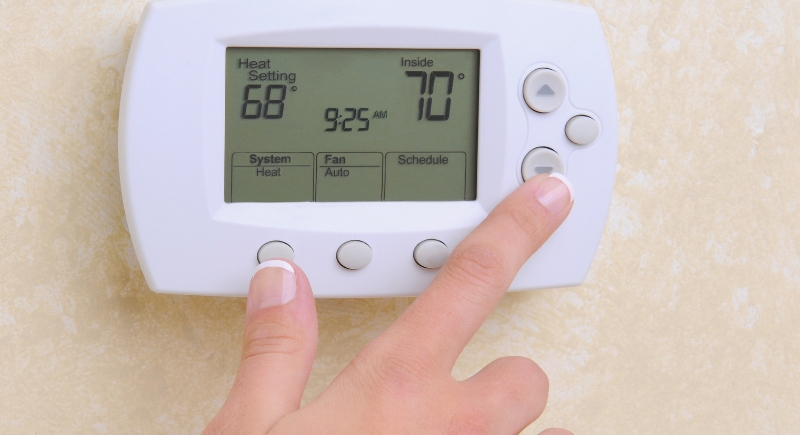
Credit: Canva
Goldfish are cold-water fish and require stable temperatures to thrive. Sudden changes can cause stress and make them susceptible to health issues. It’s recommended to maintain tank temperatures between 65°F and 75°F (18°C to 24°C) and avoid placing the tank near heat sources or drafts.
Provide a Balanced Diet
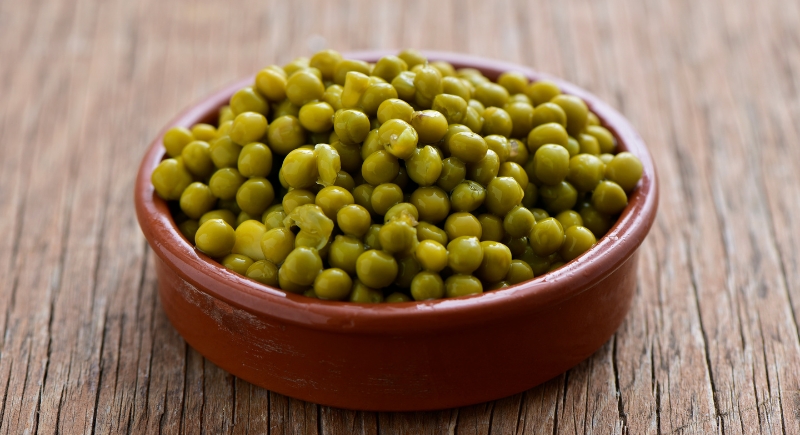
Credit: Canva
A varied and balanced diet is essential for the health and longevity of your goldfish. In addition to those staple commercial goldfish pellets or flakes, supplement their diet with fresh vegetables like peas, lettuce, or spinach to give them the necessary nutrients. Occasionally feed them bloodworms or brine shrimp.
Recognize Signs of Illness Early
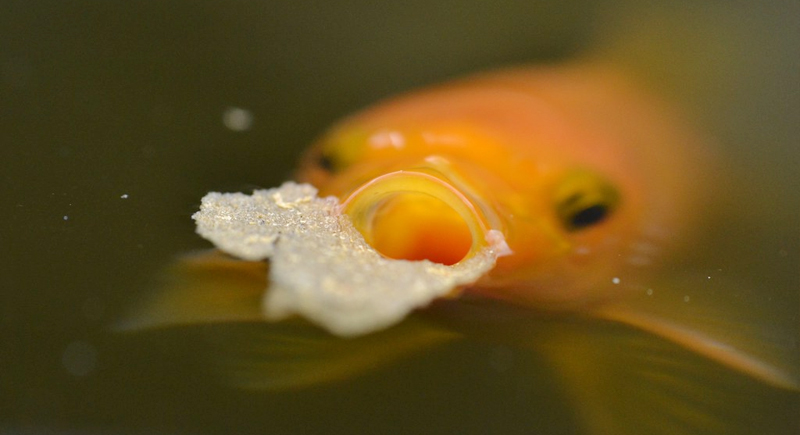
Credit: flickr
Being observant of your goldfish’s behavior and appearance can help detect illnesses early. Clamped fins and erratic swimming are some signs to watch for. Perhaps the earliest is the loss of appetite, considering they eat like crazy. Once you can see spots and lesions, something is definitely wrong.
Proper Filtration Is Important
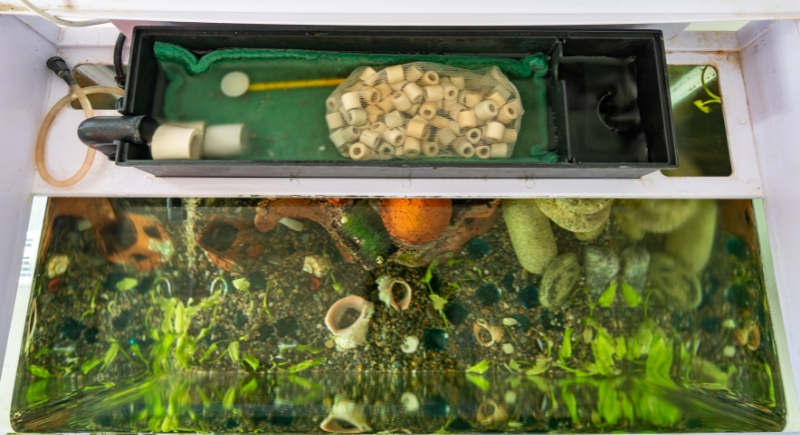
Credit: Getty Images
Although tiny, goldfish produce significant waste that rapidly degrades water quality. An efficient filtration system will remove waste products and maintain the environment. The tank needs filters appropriately sized to handle its bio-load.
Good Lighting Supports Goldfish Health

Credit: Getty Images
Goldfish benefit from a consistent light-dark cycle, which helps regulate their biological rhythms. Providing 8-12 hours of light daily, either through natural sunlight or aquarium lighting, supports their overall well-being. However, avoid placing the tank in direct sunlight to prevent overheating and excessive algae growth.
Your Goldfish Isn’t Staying Small—Neither Should the Tank
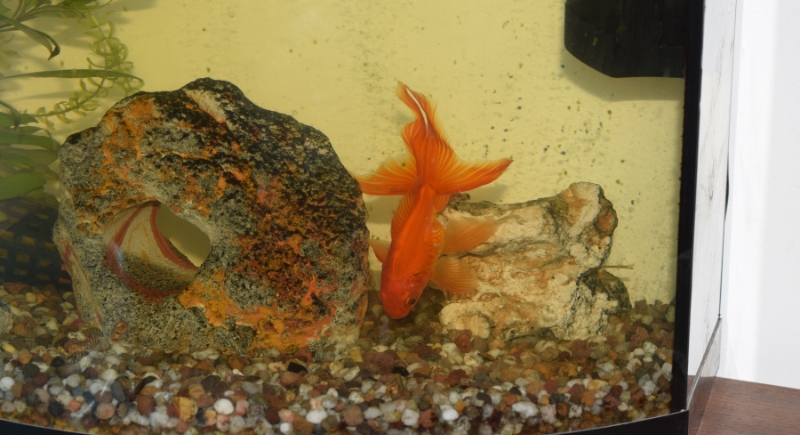
Credit: Getty Images
An adult goldfish can easily grow to six inches or more. That cute bowl on your kitchen counter is way too cramped. A single goldfish needs at least a 30-liter tank to swim and explore. Without enough space, goldfish can suffer from stunted growth, stress, and a shorter lifespan.
Breathe Easy with Aeration Devices
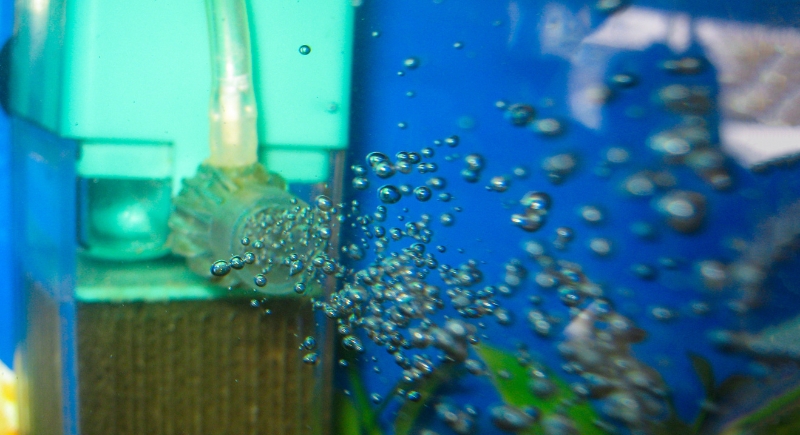
Credit: Getty Images
Proper oxygenation in your pet’s tank is not a luxury. Goldfish need enough oxygen to survive. Incorporating air stones or diffusers helps increase these levels by promoting water movement and gas exchange at the surface. They do so by producing fine bubbles that also add aesthetic appeal to your aquarium.
Opt for Artificial Plants
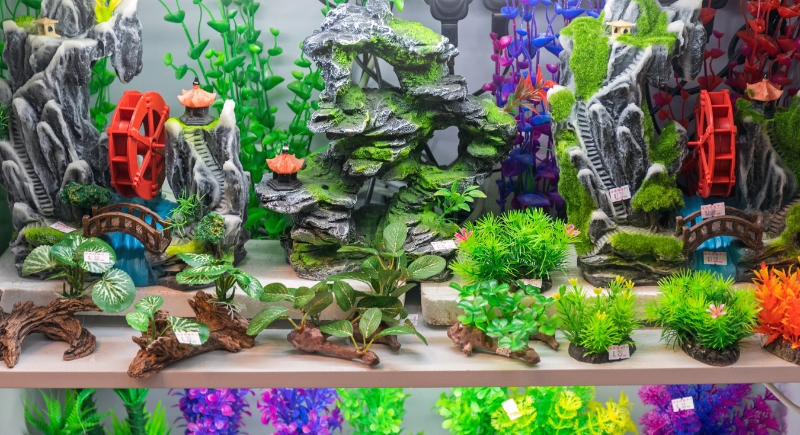
Credit: Getty Images
While live plants can help absorb nitrates and improve water quality, goldfish are notorious for nibbling on them, often uprooting or destroying them in the process. Beginners may find artificial plants to be a practical alternative to live plants without the maintenance challenges of living plants. Aquarium manufacturers also design silk or plastic plants to create a safe and attractive environment for goldfish.
Choose Gravel Wisely to Prevent Choking Hazards
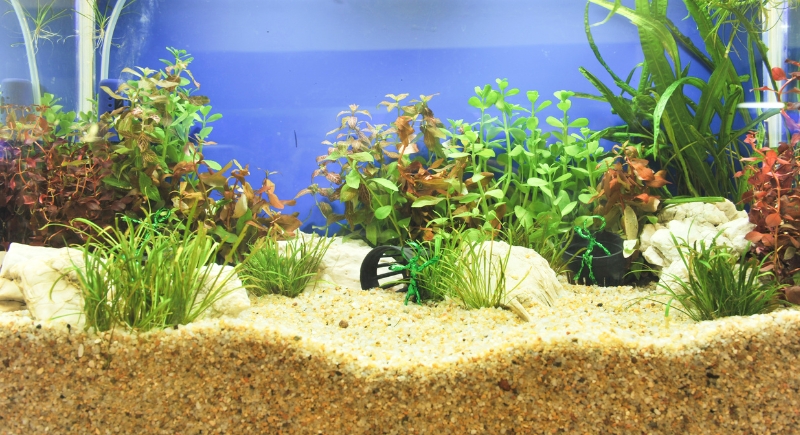
Credit: Getty Images
Goldfish are natural foragers, constantly sifting through substrate in search of food. This behavior is instinctual but may have risks depending on the tank’s gravel size. Ingesting gravel that is too small can choke your fish. Conversely, overly large gravel can trap debris and compromise water quality. To ensure safety, opt for gravel slightly larger than your goldfish’s mouth or fine sand that’s easily passable.